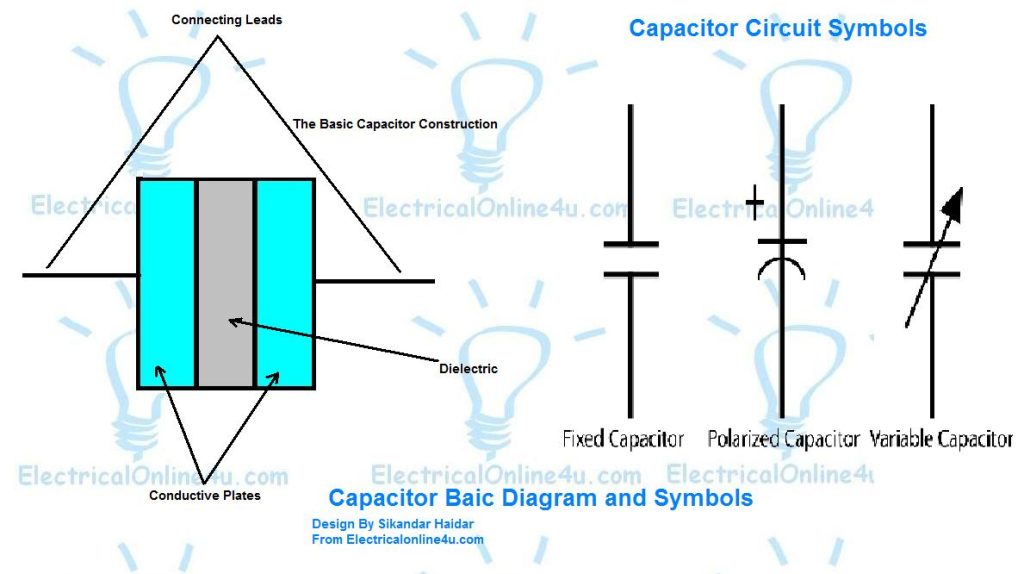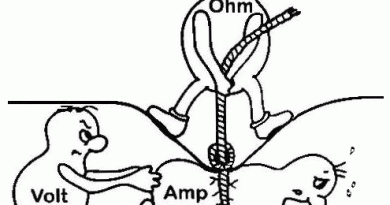What’s Capacitor and Construction – Symbol Diagram
As you know that capacitors are numbered in those electrical and electronic components which we use very much in different circuits for different uses. In this post, I am just writing about that what a capacitor is and how it works.
Capacitor Definition and Explanation
A capacitor (Cap) is a component which consists of conducting surface separated by a non-conductive region or by a layer of insulating me dim called dielectric. Note that the non-conductive region means is also dielectric.
or An example of a dielectric is that it’s an electrical insulator. For example, glass, air, paper, and vacuum can be used as dialectics in capacitors.
The purpose of a capacitor is to store electrical energy by using electrostatics. a capacitor can better explained by the below definitions.
- In simple words, a Cap is an electronic component which can store the electrical energy from of electrostatic field called a Cap… or condenser. Note that we also called condenser to Cap…
- A device which consists of two metal plates, in which any insulating medium is used between palates as the dielectric is called a cap…
- If we place two conductor plates near one another and place an insulating material between the plates and provide the electric charge to plates from a potential difference source (voltage) source is called Capacitor.
- Any two conductors in which electric flied can be maintained is a form of cap..
- In simple words, a CAP is an electrical device which consists of two conductive plates in parallel and which is separated by an insulating material called the dielectric.
In the capacitor, we have connecting leads connected to these parallel conductive plates. In the below diagram, I showed the internal structure – construction of the capacitor and its circuit symbols.


